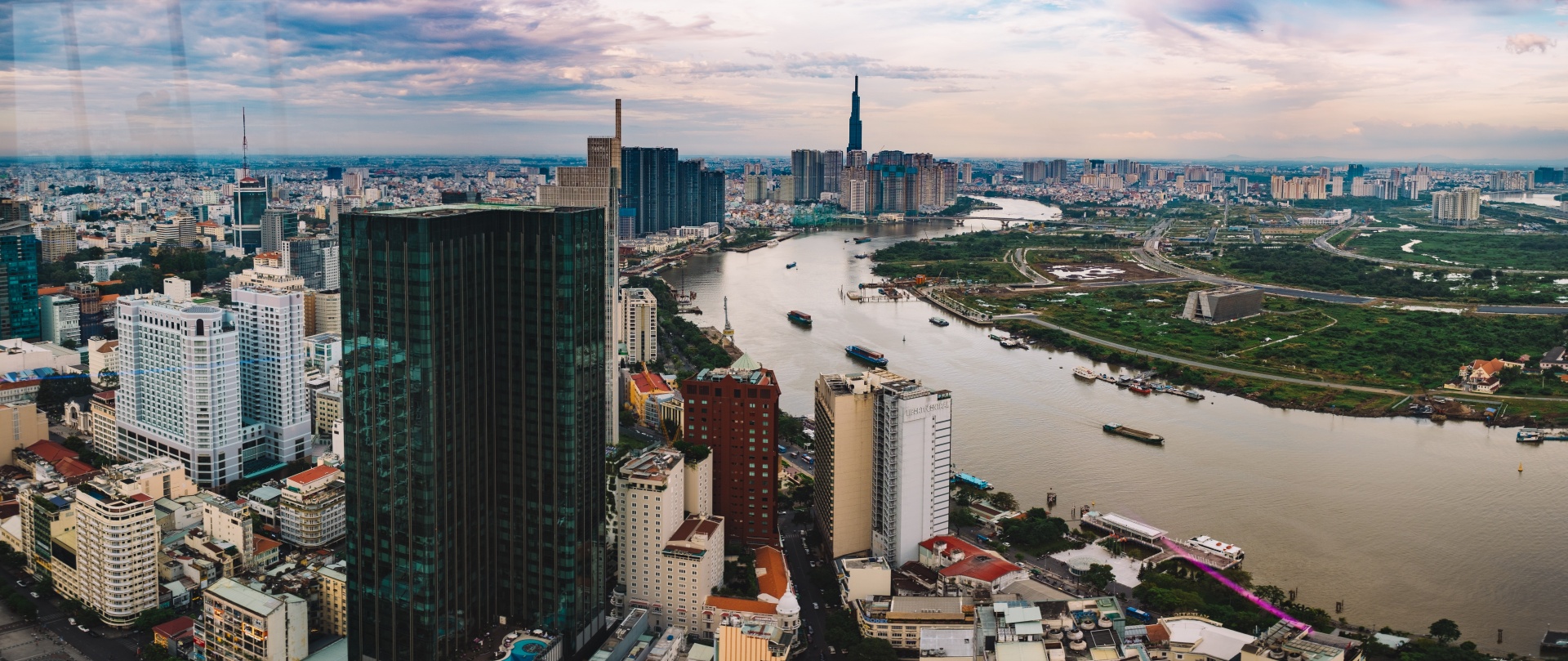UOB: Vietnam experiences major setback in Q3 before rebound in Q4
 |
| Vietnam GDP in Q4/2021 could rebound to 7 per cent, according to UOB |
Vietnam’s overall economic output contracted 6.17 per cent on-year in Q3/2021, the worst decline since quarterly growth data was first released in 2000. This is a sharp reversal from the 6.57 per cent gain in Q2, despite a low base in Q2/2020, which barely expanded at 0.39 per cent on-year amidst the global pandemic.
Industrial and construction output declined 5 per cent on-year in Q3/2021, while the services sector output contracted by 9.28 per cent on-year, as business activities were hampered significantly by lockdowns in response to the fourth wave of COVID-19 infections during the quarter.
In the first nine months of 2021, GDP growth slowed sharply to 1.42 per cent, even lower than the 2.12 per cent gain recorded in the same period in 2020 when much of the world was battling the COVID-19 pandemic.
Despite a challenging year so far, registered foreign direct investment (FDI) inflows totalled $22.1 billion year-to-date in 2021, better than the $21.2 billion amount registered in the same period in 2020. These inflows were driven by both existing and incremental investments and reaffirm the view that foreign investors continue to look beyond Vietnam’s current struggle with the pandemic and to focus on the business potential ahead.
However, the extent of the contraction in Vietnam’s Q3/2021 headline GDP is surprising, which highlights the damages wrought by the highly contagious Delta variant of the COVID-19 virus around the world. In addition, the economic recovery process is affected by the ongoing global supply chain disruptions, ranging from shortages of key materials such as semiconductors and spikes in commodity prices to port congestions in developed markets.
Looking on the bright side, lockdown measures especially in major production hubs in the south, are expected to be lifted from this month as infections fall while the pace of vaccination accelerates. The relaxation of COVID-19 measures will certainly allow businesses and factories to be back on firmer footing in Q4/2021.
With year-to-date economic expansion pace at just 1.42 per cent on-year, full-year GDP growth is likely to be a challenge to even exceed last year’s pandemic-hit 2.9 per cent rate of expansion.
Assuming the reopening of the economy progresses smoothly to allow businesses and factories to “catch up” with their lost output, and vaccination rate picks up according to plan, Vietnam’s headline GDP could rebound to 7 per cent on-year in Q4, from the negative 6.2 per cent contraction in Q3, UOB noted.
This will translate to 3 per cent increase for 2021 (versus UOB's prior forecast of 5 per cent). Once activities normalise further, UOB anticipates headline GDP to return to a more “normal” pace of 7.4 per cent in 2022, considering the low bases in 2020 and 2021.
Sharing his views on Vietnam’s outlook, Harry Loh, country CEO of UOB Vietnam, said, “While the fourth wave of COVID-19 infections derailed the strong growth momentum registered by Vietnam in the first four months of 2021, there is resilience among the people and strong cooperation with the government in responding swiftly to the pandemic. Companies have also adapted nimbly, embracing digitalisation and technology in their business models and practices, which has helped to accelerate the nation’s Fourth Industrial Revolution ambition. Similar to what we see in other markets, we expect the economy to rebound strongly when it reopens with the gradual easing of travel restrictions and rise in consumer confidence.”
On the other hand, despite the disappointing economic performance in Q3/2021 and with chances of a recovery in Q4/2021, the State Bank of Vietnam (SBV) is likely to keep its policy steady for now and leave refinancing rate at 4.0 per cent and rediscounting rate at 2.5 per cent unchanged at record lows.
One key consideration for the SBV is the US Federal Reserve’s policy change ahead which could have implications on emerging markets like Vietnam as capital flows react to the policy shift. While there are low risks of disruptive or disorderly capital outflows from emerging markets, this is likely to be one key area that central banks watch carefully, the bank said.
What the stars mean:
★ Poor ★ ★ Promising ★★★ Good ★★★★ Very good ★★★★★ Exceptional
Related Contents
Latest News
More News
- VAL inaugurates second production line to meet domestic animal feed demand (December 19, 2025 | 16:37)
- Sun Group pioneers urban tram system in Phu Quoc (December 19, 2025 | 15:00)
- Top 10 notable events of Vietnam’s industry and trade sector in 2025 (December 19, 2025 | 14:00)
- Seven major projects launched to drive Hanoi’s next growth phase (December 19, 2025 | 14:00)
- Rare, beautiful, sustainable: the mark of iconic real estate (December 19, 2025 | 08:00)
- Mondelez Kinh Do - a chapter of purpose-led leadership in Vietnam (December 18, 2025 | 09:44)
- VNPAY services receive the highest-level PCI DSS international security certificates for six consecutive years (December 17, 2025 | 23:47)
- F&N deepens investment in Vinamilk (December 17, 2025 | 09:00)
- Long-term capital seen as key hurdle to green growth (December 16, 2025 | 08:00)
- HDS Summit spotlights Vietnam’s rising role in regional supply chains (December 16, 2025 | 08:00)

 Tag:
Tag:



























 Mobile Version
Mobile Version